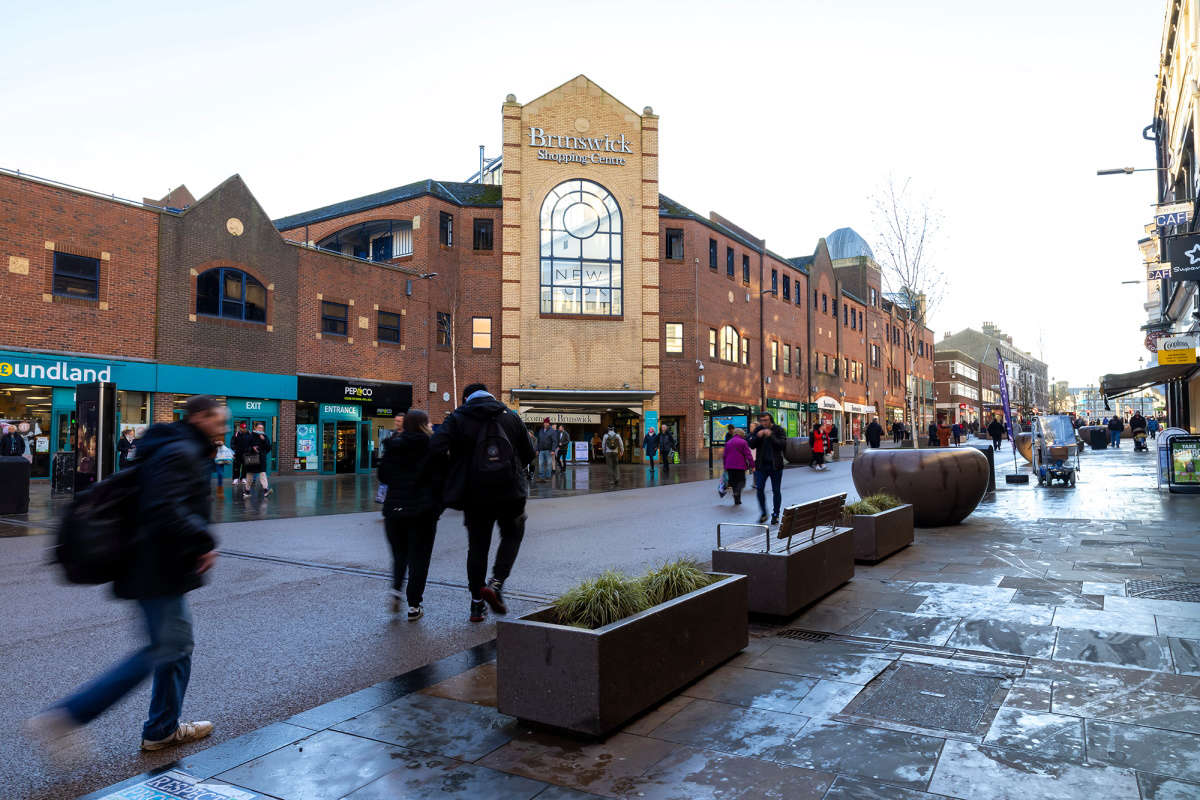Government borrowing rose significantly more than expected last month as debt interest payments soared.
Official figures show the cost of public services and interest payments on government debt rose faster than the increases in income tax and national insurance contributions.
It means government borrowing reached the second-highest level in June since records began in 1993, according to data from the Office for National Statistics (ONS).
Money latest: Britons are eating out earlier - here's what's going on
June's borrowing figures - £20.684bn - were second only to the highs seen in the early days of the COVID-19 pandemic in 2020, when many workers were furloughed.
The figure was a surprise, nearly £4bn higher than anticipated by economists polled by Reuters.
State borrowing - the difference between income from things like taxes and expenditure on the likes of public services - was more than £6bn higher than the same month last year.
Read more:
The wealth tax options Reeves could take to ease her fiscal bind
The 'mad' situation blamed for slowing building projects
Pushing the borrowing figure up was the high cost of interest payments, which was the second-highest June figure since those records began in 1997. Only June 2022 saw higher spending on government debt.
News of the sum pushed yields - the risk premium demanded by investors to hold UK government bonds - up.
Russ Mould, investment director at AJ Bell, wrote: "Higher than expected government borrowing pushed up UK gilt yields and pulled down the UK stock market.
"10-year gilt yields briefly nudged up to 4.645%, which is the market's way of saying it isn't impressed with the state of public finances."
But despite the latest rise, borrowing this year is in line with the March forecast from the independent forecasters at the Office for Budget Responsibility (OBR), though it's the second month in a row borrowing was above its projections.
It's bad news for Chancellor Rachel Reeves, who has vowed to bring down government debt and balance the budget by 2030 as part of her self-imposed fiscal rules.
She's expected to increase taxes to meet the gap between spending and tax revenue.
The pressure is such that analysts from economic research firm Pantheon Macroeconomics said: "Autumn tax hikes are likely and will probably be backloaded."
Rob Wood, its chief UK economist, estimated the size of the gap between government expenditure and income has grown.
"All told, we estimate that the chancellor's £9.9bn of headroom has turned into a £13bn hole, meaning that Ms Reeves would need to raise taxes or cut spending by a little over £20bn in the autumn budget to restore her slim margin of headroom," he said.
"We expect 'sin tax' and duty hikes, freezing income tax thresholds for an extra year in 2029 and a pensions tax raid - reinstating the lifetime limit on pension pots and cutting relief - to fill most of the hole."
Taxes on goods such as alcohol and tobacco are classed as sin taxes.
Darren Jones, Ms Reeves's deputy as the chief secretary to the Treasury, said: "We are committed to tough fiscal rules, so we do not borrow for day-to-day spending and get debt down as a share of our economy."
"This commitment to economic stability means we can get on with investing in Britain's renewal."

(c) Sky News 2025: Government borrowing soars to second-highest level on record




 Labour will eliminate unauthorised sewage spillages in a decade, environment secretary says
Labour will eliminate unauthorised sewage spillages in a decade, environment secretary says
 Homes still burning after mass pillaging and 30,000 trapped in besieged city - as Syria's fragile ceasefire holds
Homes still burning after mass pillaging and 30,000 trapped in besieged city - as Syria's fragile ceasefire holds
 Plane crashes into college campus in Bangladesh - at least 19 people dead
Plane crashes into college campus in Bangladesh - at least 19 people dead
 Gaza food situation 'worst it's ever been', charity says - as tank attack reportedly kills 12 at camp
Gaza food situation 'worst it's ever been', charity says - as tank attack reportedly kills 12 at camp
 Ozzy Osbourne dies just weeks after farewell show
Ozzy Osbourne dies just weeks after farewell show
 The wealth tax options Reeves could take to ease her fiscal bind
The wealth tax options Reeves could take to ease her fiscal bind












